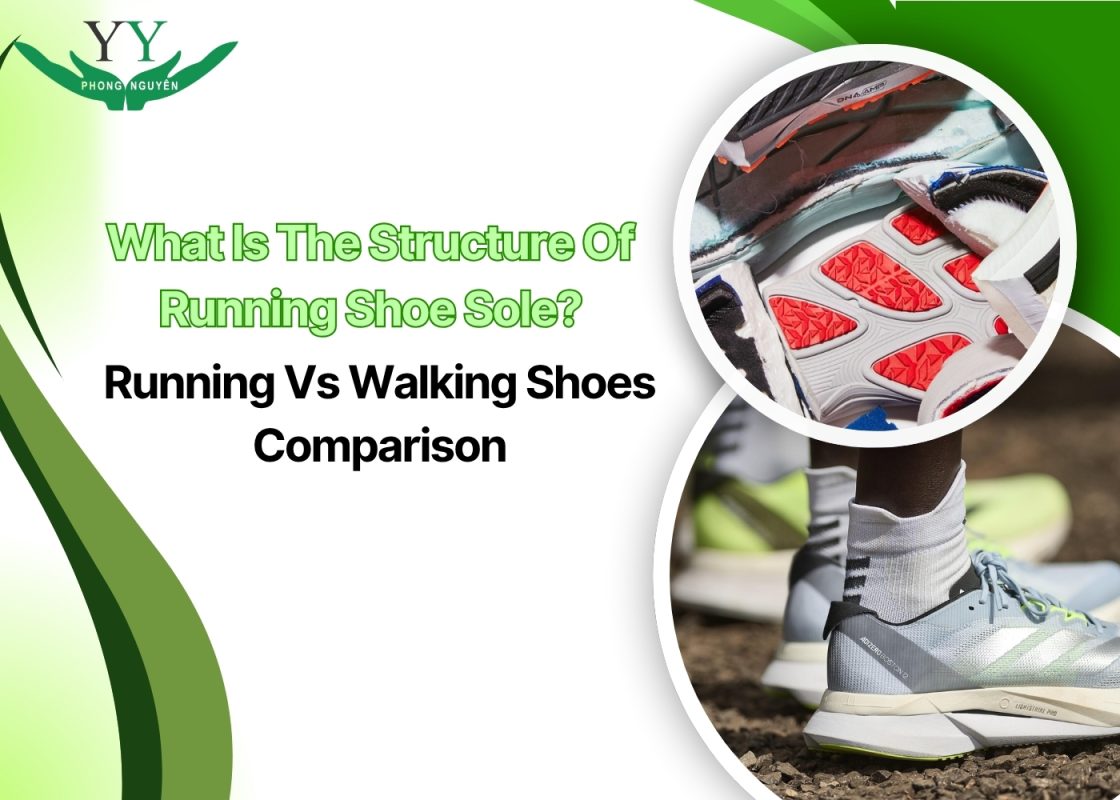For fitness enthusiasts, a good pair of shoes is not just an accessory—it’s an essential tool that enhances performance and protects your feet. Among the components, the shoe sole plays a critical role in providing comfort, supporting movement, and minimizing injury. Phong Nguyen will help you better understand the structure of running shoe soles and how to distinguish between running shoes and walking shoes so you can make the right choice.
Why Are Shoe Soles Important?
The sole is the part that comes into direct contact with the ground and bears the full impact from your body during movement. It affects traction, shock absorption, stability, and overall foot safety. Choosing the wrong type of sole can lead to serious issues such as muscle fatigue, heel pain, sprains, or long-term injuries.
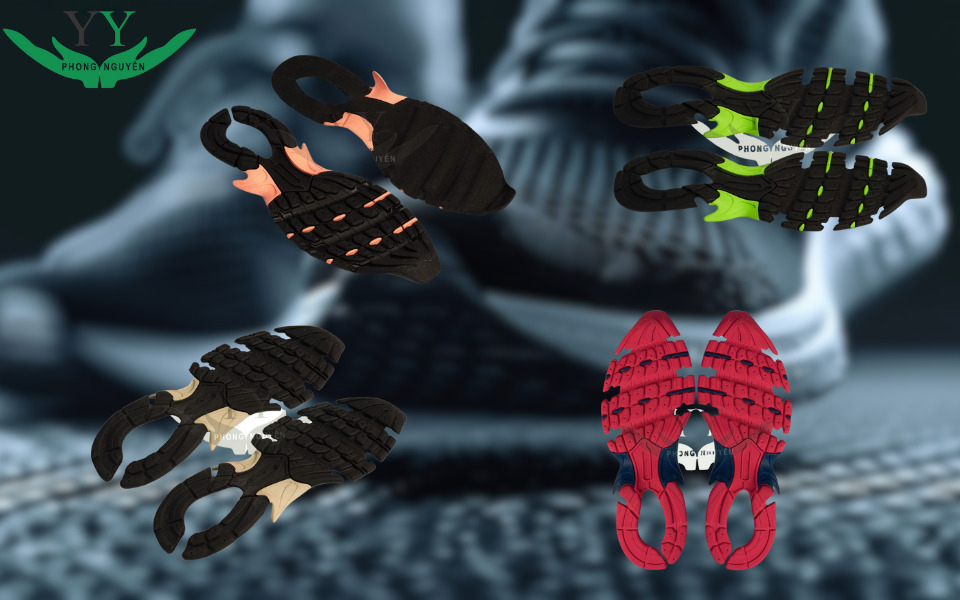
Structure of Running Shoe Soles
Running shoe soles are specifically designed to reduce impact on landing and optimize propulsion with each stride. Every part of the shoe plays a unique role in maximizing comfort during training or competition, thereby boosting performance and helping runners reach their goals more efficiently.
Outsole (Bottom Sole)
The outsole is the bottom layer that comes into direct contact with the road and plays a crucial role in protecting the foot and enhancing grip. Running shoe soles often use ultra-durable carbon rubber, EVA-blended rubber, or lightweight blown rubber for flexibility. Especially, deep grooves and textured patterns improve traction even on slippery or uneven terrain.
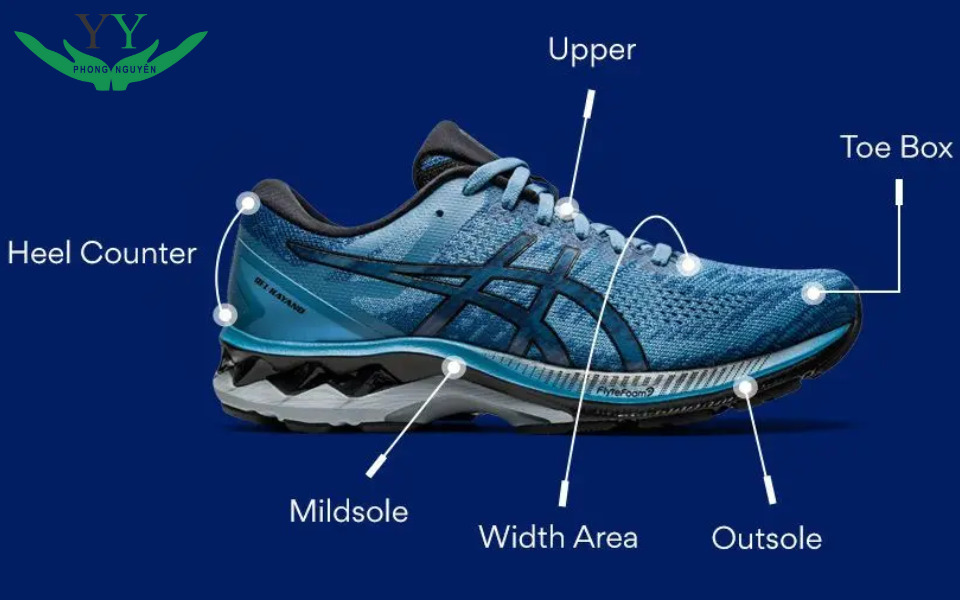
Beyond materials, outsoles vary in thickness, rubber coverage, and lug design. Thicker soles with larger rubber areas offer better abrasion resistance. Meanwhile, shoes with deeper grooves and aggressive lugs increase traction and stability, helping runners feel confident across all types of terrain.
Midsole
The midsole is the cushioning layer between the outsole and upper, responsible for shock absorption upon landing. Made from materials like EVA, TPU, PU, or Pebax, the midsole not only enhances comfort but also determines running efficiency. Modern technologies such as ZoomX, Boost, or Gel focus on maximizing energy return, ensuring smooth transitions, and protecting joints.
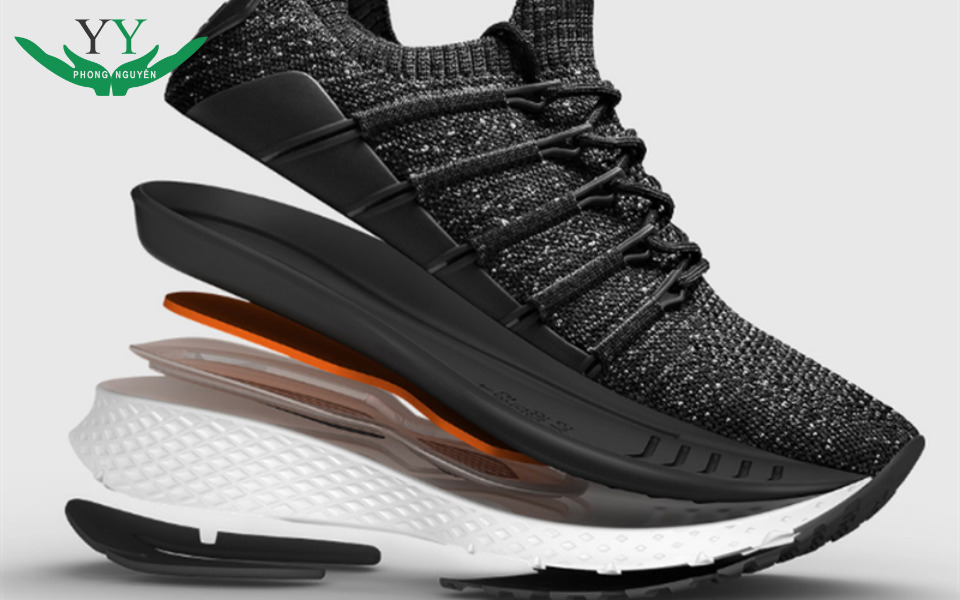
Depending on usage needs, midsoles can be soft for added flexibility or firmer for better stability and performance. EVA is lightweight and comfortable, ideal for beginners, while TPU and Pebax are premium options that offer excellent responsiveness and durability. Choosing the right midsole helps improve comfort, extend shoe life, and protect against repetitive injuries.
Insole
The insole is the inner layer of a running shoe sole that directly contacts the foot’s bottom and can be easily removed. Made from EVA, gel, or foam, it increases cushioning, absorbs shock, and provides effective arch support. Some types of running shoe soles integrate arch support technology and pressure distribution features, helping to reduce foot fatigue and prevent injuries during high-intensity activities.
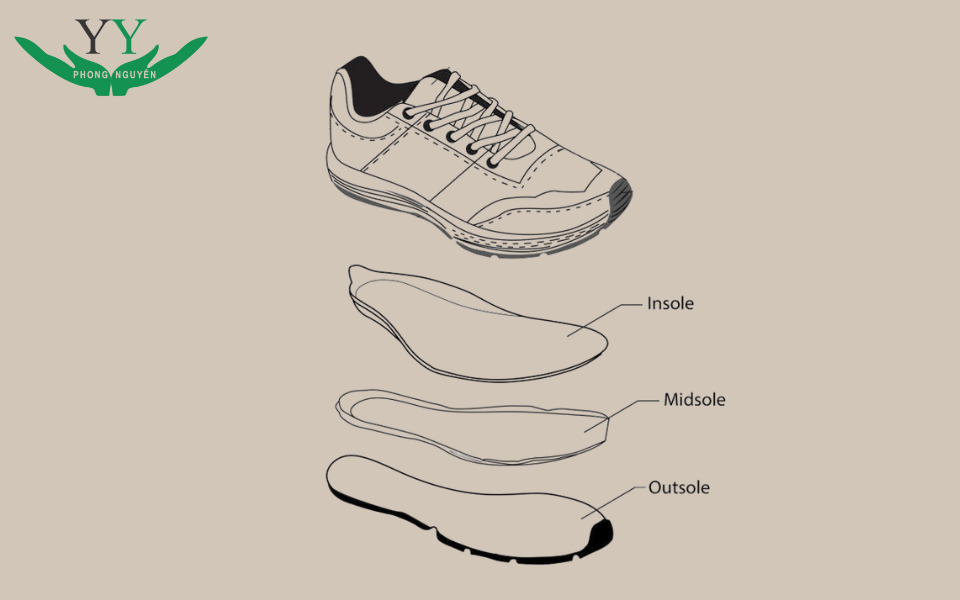
Many modern running shoes allow users to replace or customize the insole to match their unique foot shape. High-end designs offer adjustable arch support, delivering a tailored fit.
Advanced insoles may also feature breathable surfaces and anti-slip materials to keep feet dry and stable throughout your run. This makes them ideal for those needing extra support or facing foot problems during workouts.
Classification of Running and Walking Shoes
Though both belong to the sports shoe category, running and walking shoes differ significantly in design, function, and purpose. Understanding these differences helps you choose the right shoe to match your activity level and optimize every step.
| Criteria | Running Shoes | Walking Shoes |
|---|---|---|
| Intended Use | High-speed movement, long strides, flexibility | Consistent, light movement |
| Outsole Design | Deep grooves for better grip | Shallow grooves for stability |
| Midsole | Thick, high rebound, shock absorption | Medium-soft, supports even weight distribution |
| Insole | Enhances movement and impact reduction | Maximizes comfort, supports heel and arch |
| Weight | Lightweight for acceleration | Moderate for a secure feel |
| Sole Shape | Slightly curved to support heel-to-toe transition | Flat for enhanced stability |
| Suitable Frequency of Use | Running, athletic training | Daily walking, casual strolls |
| Ideal Users | Athletes, fitness enthusiasts | Elderly people, regular walkers |
Choosing the Right Shoes for Each Activity
Each type of physical activity demands specific shoe features to ensure effectiveness and reduce injury risks. Clarifying your intended use will guide you to the right footwear.
When to Choose Running Shoes
Running shoes are ideal for those who frequently run 3–10 km, participate in marathons, or engage in cardio workouts. With a focus on energy return, impact absorption, and flexibility, they reduce joint pressure, enhance performance, and ensure lasting comfort during high-intensity movement.
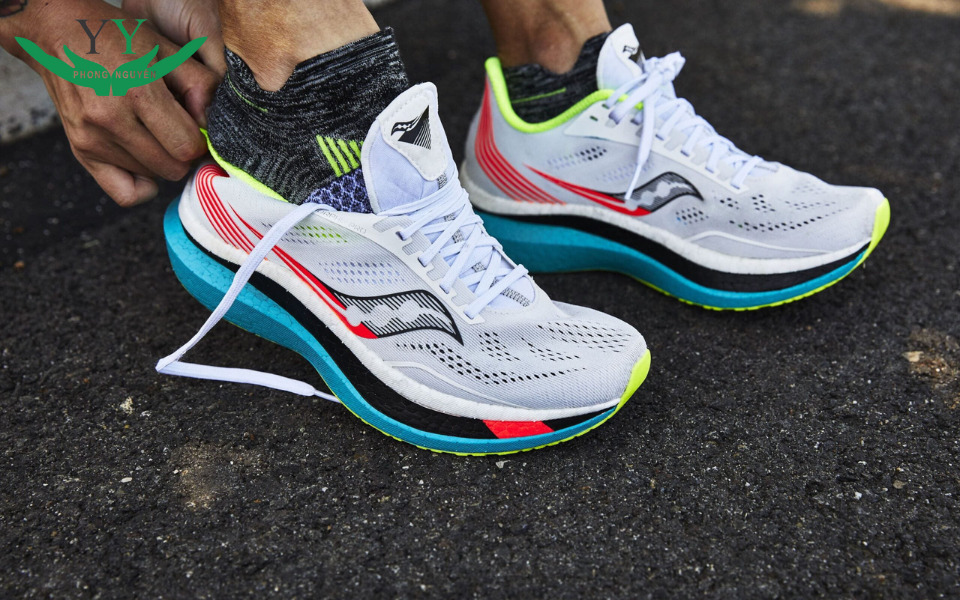
Besides physical support, a well-suited running shoe also boosts your confidence with every step, inspiring you to maintain your workout routine and reach long-term health goals.
When to Choose Walking Shoes
If your routine consists of light daily walking and you need comfortable, easy-to-wear shoes with solid support, walking shoes are the better option. These are especially suitable for older adults or those with foot conditions, thanks to their soft design, effective support, and fatigue-reducing features during extended use.
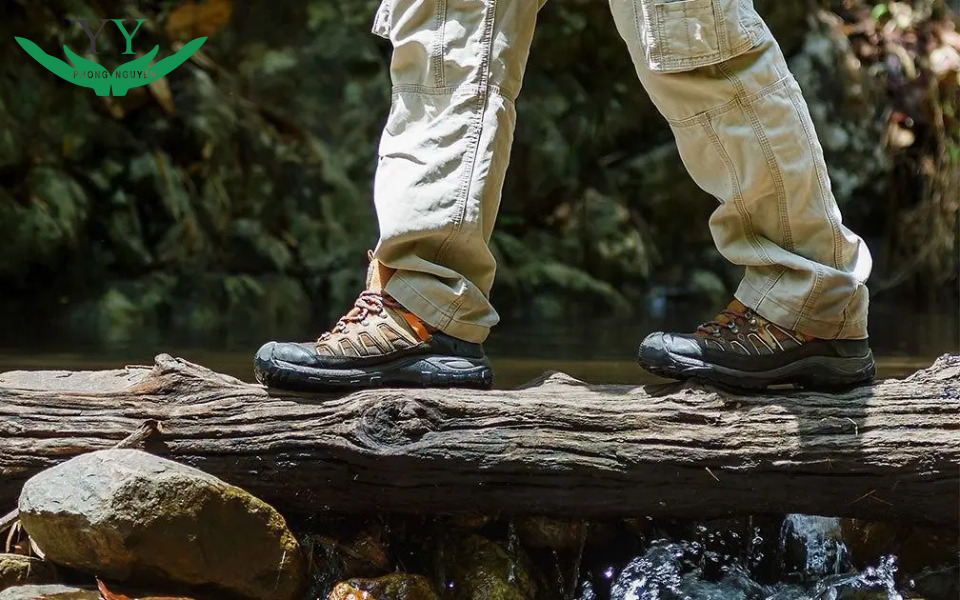
Common Mistakes When Choosing Sports Shoes
Many people choose shoes based on their appearance, forgetting about functionality and the running shoe sole, which can lead to foot pain and reduced workout performance. Another mistake is using one pair of shoes for all activities, despite each requiring unique design elements.
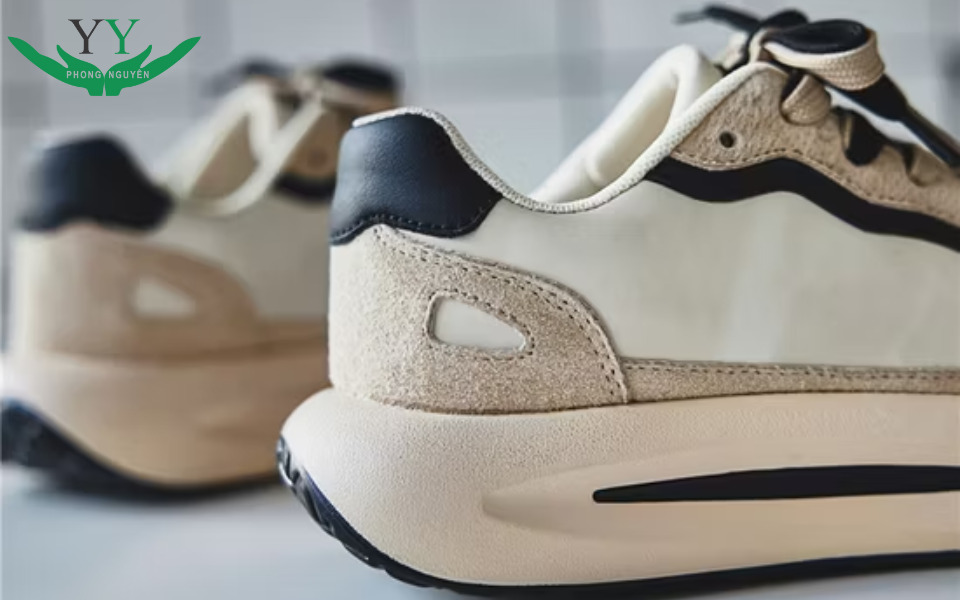
Failing to replace shoes after long-term use can also reduce shock absorption, increasing injury risk. Lastly, ignoring foot shape—like high arches or flat feet—can result in poor fit and inadequate support.
See More: Explore the Most Popular Types of Sports Shoe Soles Today
Conclusion
We hope these insights from Phong Nguyen have provided valuable knowledge about running shoe soles and how to choose the right footwear. Whether you’re a regular runner or someone who enjoys daily walks, investing in quality shoes with the right sole structure will protect your feet, prevent injuries, and enhance your overall lifestyle. The right shoes not only offer comfort in every step but also motivate you to maintain a healthy and active daily routine.

